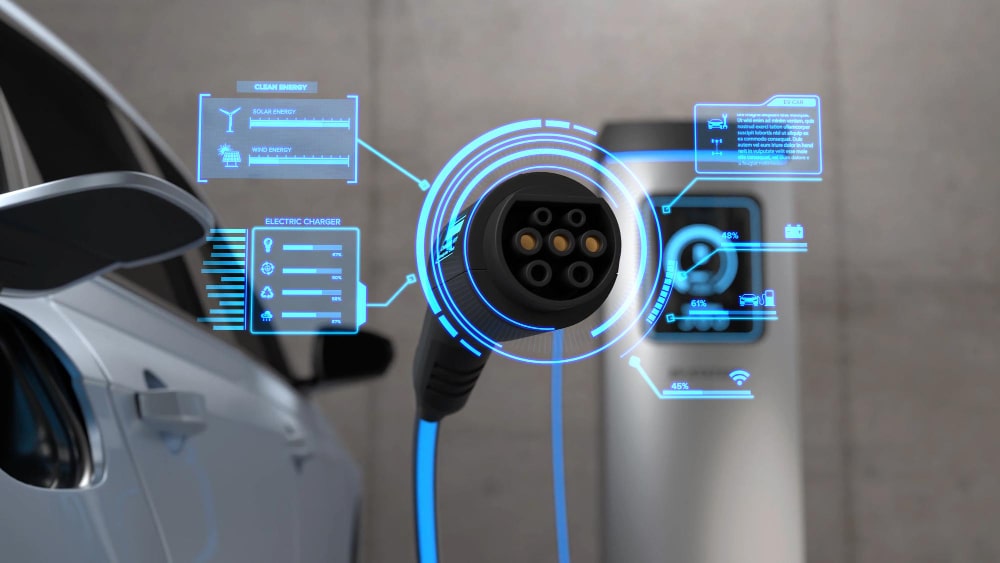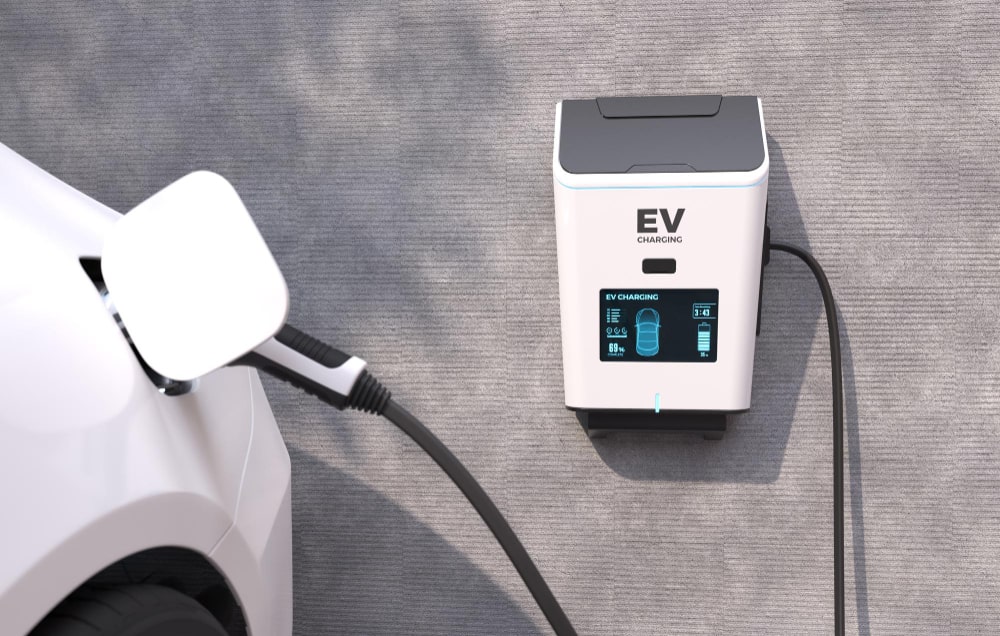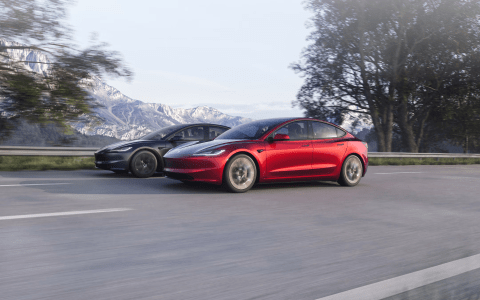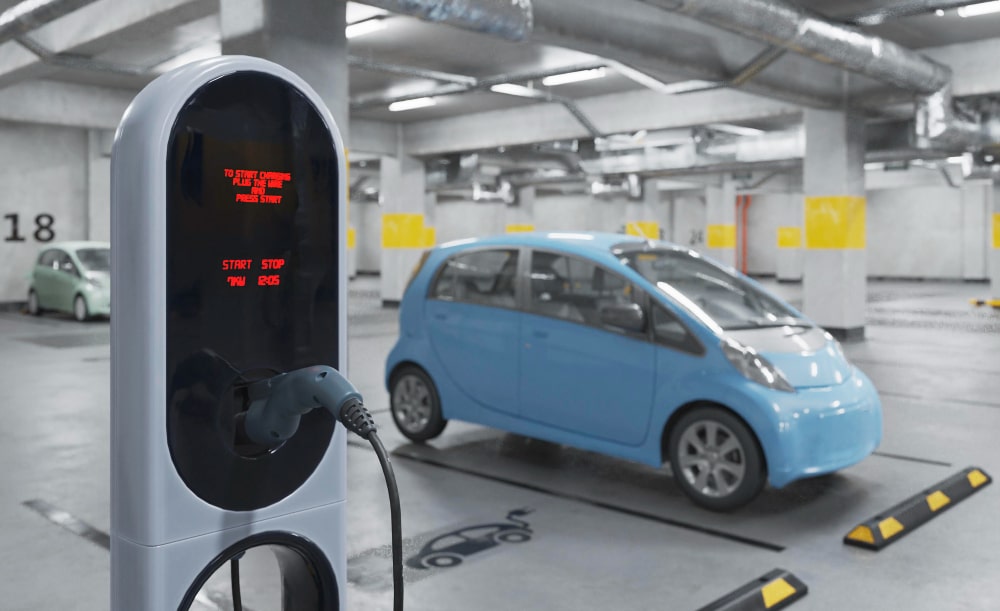Electric Vehicle Manufacturing and Mobility
Sector Overview :
The advent of Electric Vehicles (EVs) is heralding a new era in the global automotive landscape, signalling a significant shift towards sustainable mobility. The Uttar Pradesh Electric Vehicle Manufacturing and Mobility Policy 2019 is crafted to place Uttar Pradesh at the forefront of this transition, leveraging its strategic advantages to foster growth in EV manufacturing and usage.
Sector Overview
1
- 3rd Largest automobile consumer in India by no of vehicles registered.
- Rapidly growing urban centers posing high demand for automobile in tier 2 & 3 cities of the State.
- 3rd largest beneficiary of GOI’s FAME scheme.
- Largest SME base with favorable ecosystem for automobile & battery manufacturing.
- Growing emphasis on De polluting the transport system.

Objectives
2
- Promote adoption of Electric Vehicles (EVs) in State to create greener environment.
- Create employment opportunities both from supply side and demand side of Electric Vehicles.
- Create a conducive environment for shift from Internal Combustion (IC) engines to Electric Vehicles (EVs).
- Develop a strong and sustainable ecosystem for battery management, right from production stage to disposal stage.
- Develop a strong and sustainable ecosystem for battery management, right from production stage to disposal stage.
- To become a leading hub for EV manufacturing and mobility, benefiting from government schemes like FAME 1 & 2 and fostering public-private partnerships.

Enablers
3
- Govt Schemes/ Programmes such as National Electric Mobility Mission Plan (NEMMP) 2020, FAME 1 & 2, 2nd AMP (Automotive Mission Plan) and National Mission on Transformative Mobility & Battery Storage.
- 100% FDI allowed through automatic route in automobile sector.
- Rapid Transitioning of public vehicles to EVs in UP viz. public buses, Govt office vehicles, etc.
- Special Tariff for EV notified in UP.
- Funding Under FAME2 for setting up Public Charging Stations in UP.

Investment and Fiscal Incentives
4
Investors and technology firms are encouraged to leverage this unique opportunity to be part of Uttar Pradesh's technological renaissance. For detailed insights and to explore investment opportunities, reach out directly to the Project Management Unit under the supervision of the Nodal Agency.
For Manufacturing :
- Capital subsidy shall be provided on Base Capital Subsidy multipied by Gross Capacity Utilisation Multiple (GCM) defined for the project category (Large/Mega/Integrated EV Project/Mega EV Battery/Ultra Mega EV Battery project/MSME project) in the policy document.
- 100% to Integrated EV Project & Ultra Mega Battery project anywhere in UP.
- 100% in Poorvanchal & Bundelkhand region, 75% in Madhyanchal & Paschimanchal (except GHZ & GBN district) and 50% in GBN & GHZ district to Mega/ Large/ MSME projects as defined in the policy.
- Quality certification charges reimbursement (one time) @ 50% of fees paid for obtaining certification upto max INR 10 lakhs per unit to Large and MSME EV/ Battery projects.
- Patent registration fees reimbursement (one time) @75% of cost/expenditure incurred upto maximum INR 50000 for acquiring domestic patent and upto INR 2 lakh for acquiring international patent to Large and MSME EV/ Battery projects.
- Skill development incentive as reimbursement of stipend (one time) @INR 5,000 per employee per year to a maximum of first 50 employees.
- State Government shall facilitate land to service providers for setting up Charging facilities in the State.
Registration Fees & Road Tax Exemption to buyers :
- At the rate of 100% on any EV purchased & registered in UP over a period of 3years from policy notification.
- At the rate of 100% on any EV manufactured, purchased & registered in UP in the 4th & 5th year of policy period.
- Purchase Subsidy as early bird incentives shall be provided to buyers (one time) through dealers over a period of 1 year from date of notification specifically done for this subsidy scheme at distinct rates in defined segments in the policy.
